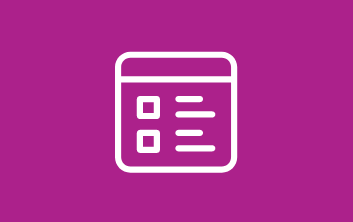

Summer learning gaps worsen in higher grades, just not the way you think
Megan Kuhfeld shares surprising early findings from her work exploring patterns in students’ summer learning loss.
Education Week
Mentions: Megan Kuhfeld


Making digital content accessible for all
On this Education Talk Radio Pre K – 20 radio show, host Larry Jacobs talks with NWEA’s Elizabeth Barker and Brian Tosky about universal design for learning and more.
Making digital content accessible for all. Education Talk Radio Pre K-20
Mentions: Elizabeth Barker
Topics: Equity, Accessibility


How the Primary Grades Can Save Us: Growing American Reading Comprehension
When recent NAEP results came out, the bleak headline was that American students are not getting better at reading comprehension. When the NAEP folks convened a panel of reading experts in early April, the primary grades got called out as one potential culprit. So what needs re-evaluating in K-3 literacy? One reasonable place to look is at oral reading fluency and the foundational skills that feed word decoding.
Topics: Early learning, Academic content, Reading & language arts


A Tech Refresh for Reading Fluency
In this Ed Tech Digest article, Cindy Jiban discusses how oral reading fluency assessment is now commonplace in the primary grades. This represents a significant step for data-based problem solving in education. However, given some of the side effects that have emerged, it is clear that fluency assessment is due for significant structural improvement.
Topics: Measurement & scaling, Academic content, Reading & language arts


“No fun games”: Engagement effects of two gameful assessment prototypes
This study examines the impact of two “gameful assessment” prototypes on student engagement and teacher perceptions among 391 Grades 3–7 students and 14 teachers in one Midwestern and one Northwestern school.
By: Meg Guerreiro, Chase Nordengren
Topics: School & test engagement, Innovations in reporting & assessment


Learning styles: Considerations for technology enhanced item design: Learning styles
Learning styles (LS) have been used for classifying students by their preferences relative to taking information in, processing it and demonstrating their ability in the context of education. This paper investigates the role of LS in K-12 education by considering the manner in which student LS are assessed and the extent to which they have informed K-12 instruction.
By: Deborah Adkins, Meg Guerreiro
Topics: Innovations in reporting & assessment, Empowering educators


Evaluating the relationships between poverty and school performance
This study examined the relationships between poverty and a school’s academic performance (both student achievement and growth). Educators, advocates, and policymakers can use these data to shape how people look at the performance of schools in their communities and to inform education policy (e.g., the effect of evaluating schools based on achievement vs. growth).
By: Andrew Hegedus
Topics: Equity, High-growth schools & practices


